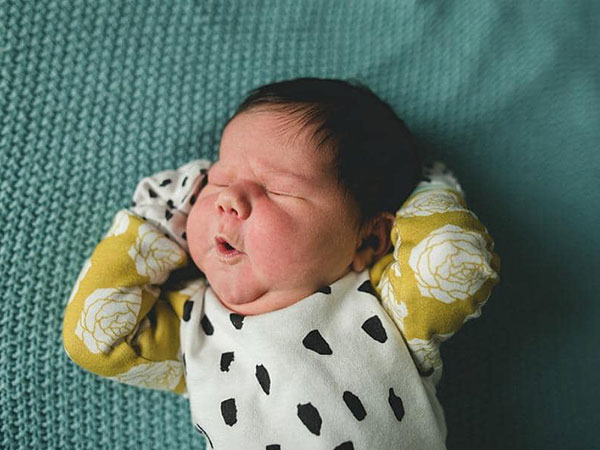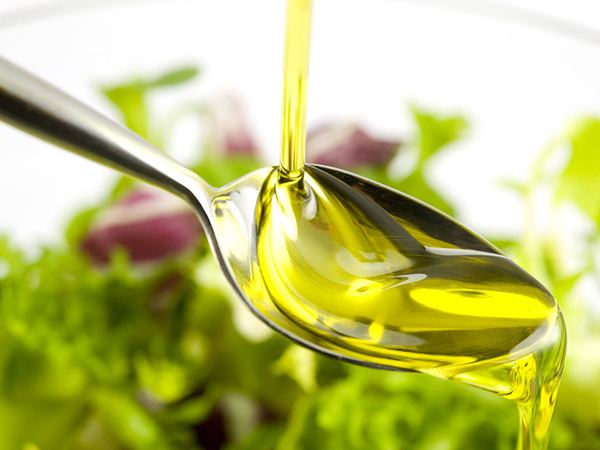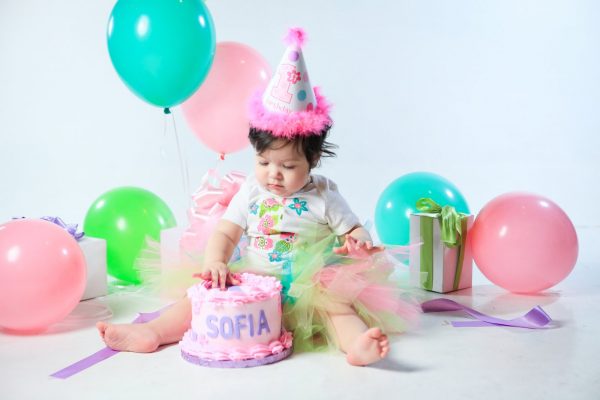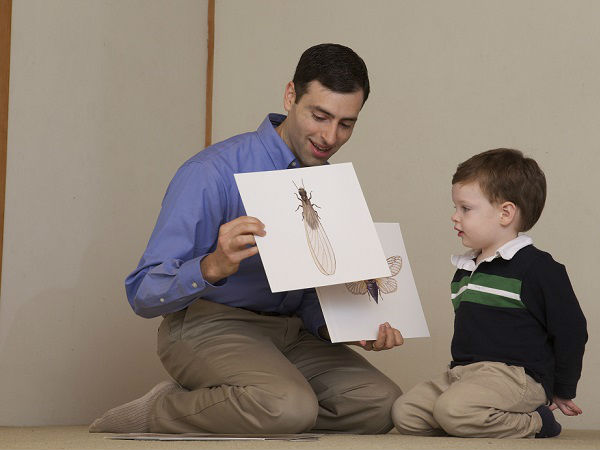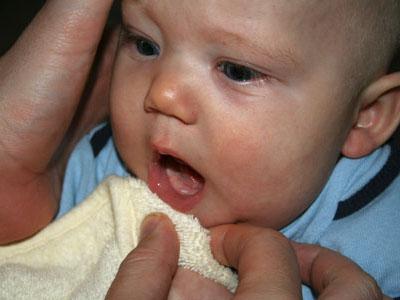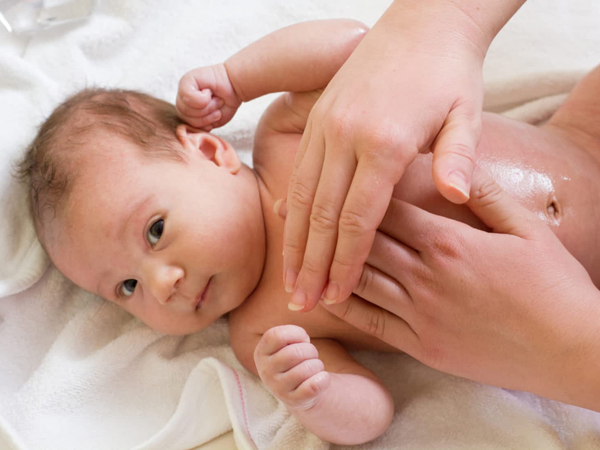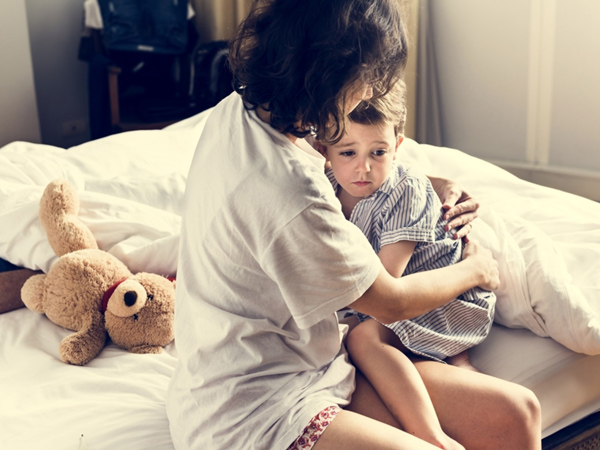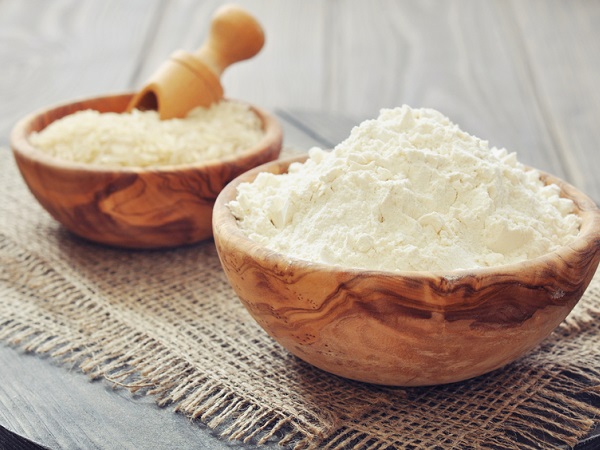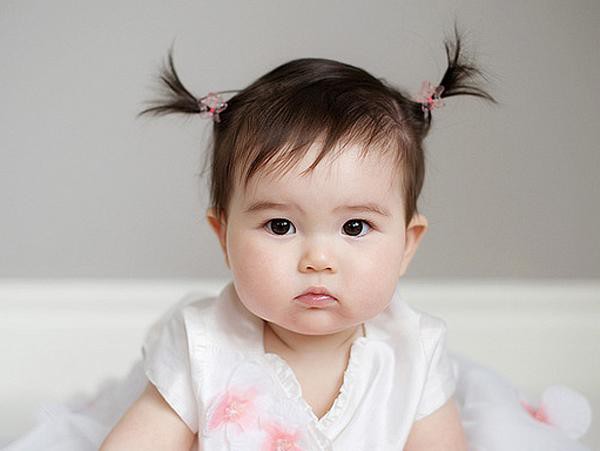Most pediatricians, art teachers, and parents agree that infant and toddler exposure to art is an important part of a child's physical and emotional development.
Child Development
According to Dr. Karen Ytterberg, a pediatrician at Mayo Hospital, USA, artistic ability takes place in relatively predictable and universal models. The following milestones are widely accepted in the medical community, she said. And during patient visits, she asked the parents if they let their children master the following skills:
Play with crayons: 12 months old
Scrawl imitation: 15 months old.
Line imitation (contours): 2 years old
Pattern circle: 3 years old.
Recognize some colors: 3 years old.
Cross: 4 years old.
Draw a triangle: 5 years old.
Diamond drawing: 6 years old.

What artistic talent does your child exhibit during his or her early years of development?
Expressing talents through each age
When a child is a toddler, scribbling on a page or playing clay, he is building up his motor skills. Dr. Ytterberg explains that drawing as a precursor to writing. "It's like reading a book to your baby at first."
She explained that the benefits of early art exposure help children develop more physically and also help build confidence and encourage self-expression. "I think it allows the baby to feel more free as he grows up so he can have fun with the arts," said Dr. Ytterberg.
Dr Rachael Gardner, owner of The Painting Workshop in Baltimore, Maryland, said, "Teaching your baby to play is important when you are young." Gardner found that a small number of children are discovered and then excel in art. She suggests the following tips for developing children's creativity:
When birth to development (from 0-2 years old)
This is the time to let your baby do what he or she does best, let him do everything by himself. Gardner recommends encouraging babies to play with materials ranging from models to drawing with fingers.
? Toddlers and preschoolers (2-3 years old)
Dr. Gardner said his love for clay and other materials draws preschoolers' artistic tendencies. She said this age group also likes to play with glitter and glue, and a three-year-old can often understand the need to put glue on paper before adding glitter.
